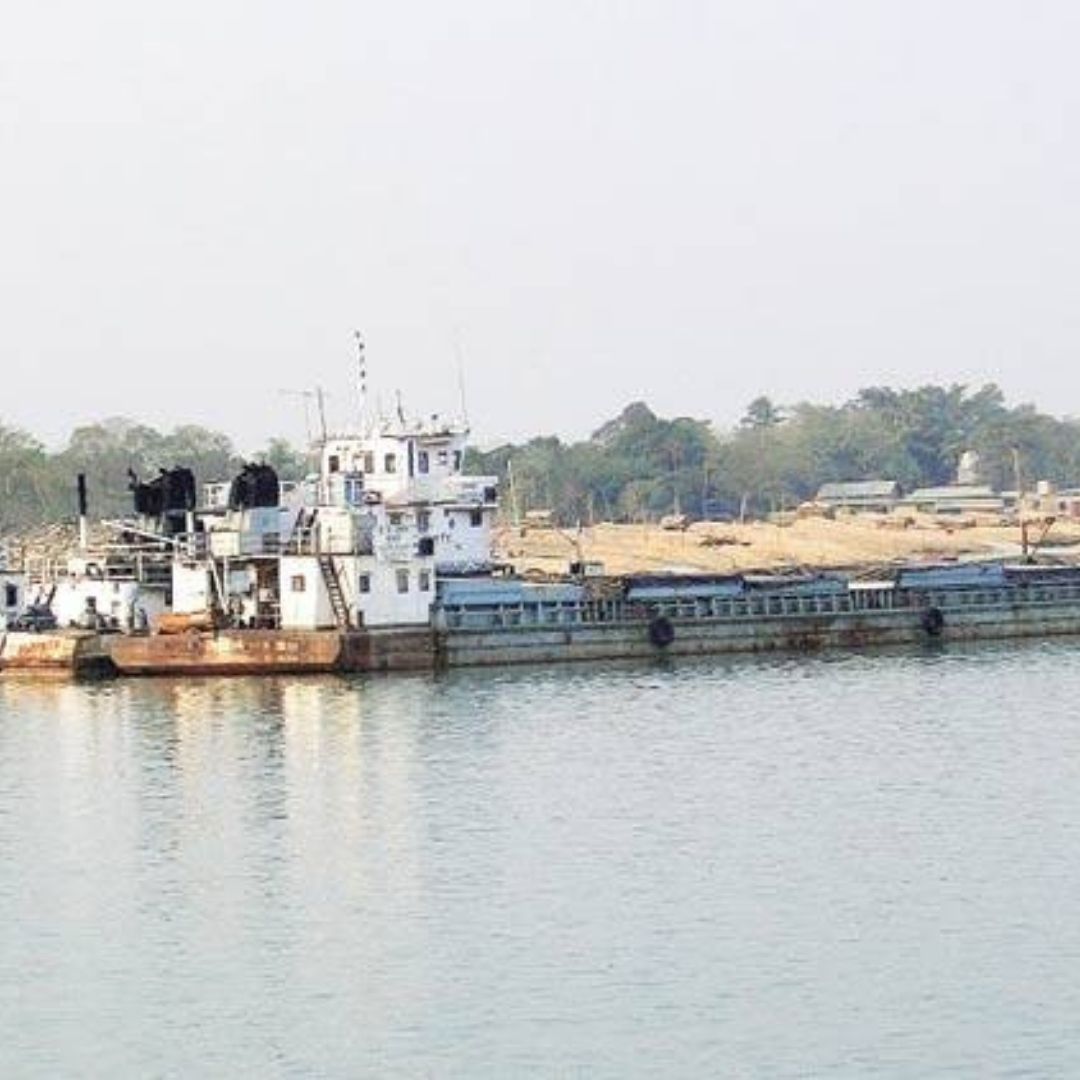
Image Credit: The Indian Express
India's Mega Projects! Sagar Mala Project For India's 7,517 Km Long Coastline
India, 21 Oct 2021 2:54 PM GMT
Editor : Ankita Singh |
A literature lover who likes delving deeper into a wide range of societal issues and expresses her opinions about the same. Keeps looking for best-read recommendations while enjoying her coffee and tea.
Creatives : Ratika Rana
Her primary objective is to inform, promote, educate and cultivate readers through writing.
The Sagar Mala project aims at promoting port-led development will fetch nearly Rs 12-15-lakh crore capital investments, generate direct and indirect employment for around two crore people.
India is one of the most rapidly growing economies globally, with an average Gross Domestic Project(GDP) of over 7 per cent. The Sagarmala programme is the flagship programme of the Ministry of Shipping to promote port-led development in the country through harnessing India's 7,500 km long coastline, 14,500 km of potentially navigable waterways and strategic location on key international maritime trade routes. The central vision of the Sagarmala Programme is to reduce logistics costs for EXIM and domestic trade with minimal infrastructure investment.
The Union Cabinet approved the Sagarmala project in 2015, and the Ministry of Shipping prepared and released a National Perspective Plan (NPP) in April 2016. According to the information that the Press Information Bureau (PIB) released in March 2020, 500 projects had been identified at the cost of ₹3.55 lakh crore. About 143 projects that amounted to ₹0.88 lakh crore are already complete, 190 projects worth ₹2.12 lakh crore are in progress, and the remaining 167 projects are expected to be completed by 2035. Central Line Ministers, State governments or maritime boards are responsible for the implementation of the projects.
On the inauguration of the Sagarmala Development Company, union minister Nitin Gadkari said that the project would be a game-changer and the biggest project in the country's history. The company was inaugurated under the Company's Act, 2013, and had the initial authorized capital of ₹1,000 crore.
The Sagarmala project is also supposed to focus on port-led industrialization, promotion of cruise tourism, port connectivity enhancement, the establishment of multi-modal logistics parks, coastal community development projects and the degradation of the fisheries sector.
Only 6% of Cargo Goes Through Waterways
The 7,500 km long coastline of India transports only 6 per cent of the cargo through waterways, compared to 55 per cent through the road and 35 per cent through the rail network. India incurs an annual logistical cost of 19 per cent, whereas neighbouring China bears it at 12 per cent. Nitin Gadkari also mentioned that India's exports would increase by one and a half times if we could bring down the logistical cost at 12 per cent. The project envisages developing new ports along the Indian coastline.
The Sagarmala project is essentially India's push for a blue economy. The project also envisions the development of inland waterways, intensifying fisheries and developing new economic zones. A report titled 'Blue economy: An ocean of livelihood opportunities in India' mentioned that one of the major fallouts of the COVID-19 pandemic is the loss of livelihoods. The report also mentioned that significant sectors likely to provide and host opportunities for people are ocean-based sectors, including fisheries, shipping, tourism, deep-sea mining, offshore energy resources, marine research, ocean conservation, and ocean sciences.
A Plan For Maintenance And Repair Needs To Be On The Cards
India has needed a maritime re-invention for a while now; however, the project came into being when the national leaders realized that the country lacked the high quality of international trade through the coastal line due to the lack of infrastructure facilities. Compared to Asian and East Asian countries like China, South Korea, and Japan, shipping goods through Indian ports was way higher.
After India completes the development of a viable coastal network, we should start shipping bulk quantities of products like coal. While it is indeed a step forward to develop the country's maritime capabilities, India should simultaneously prepare a plan B for the maintenance and repair of shipping vessels.
The entire onus of the project on the government's already overloaded shoulders would be a bit too much to ask for; therefore, a public-private partnership model can come into play. However, the allotment of port projects must solely be based on a company's capacity of fulfilling its promises.
Also Read: Commendable! Swiggy Allows 2-Day Paid Period Time Off For Women Delivery Partners
 All section
All section














